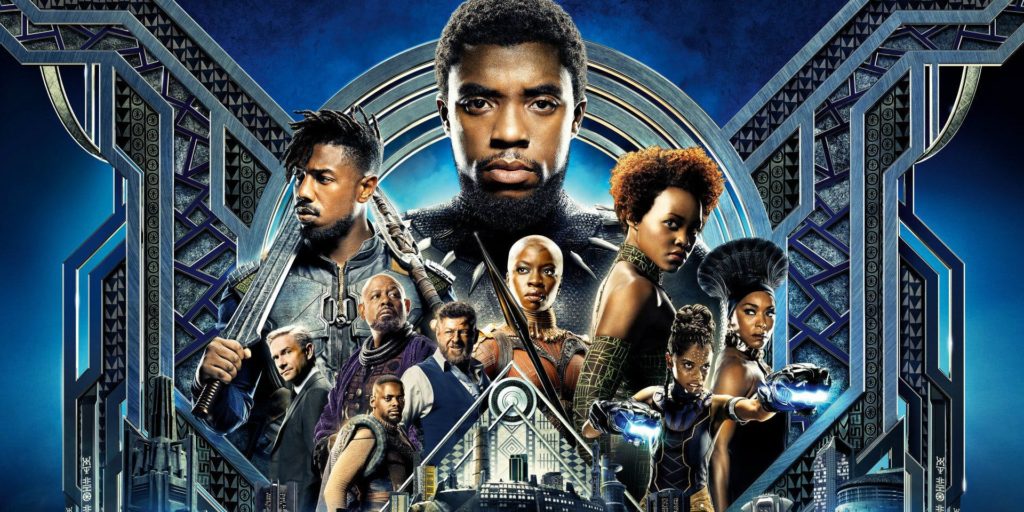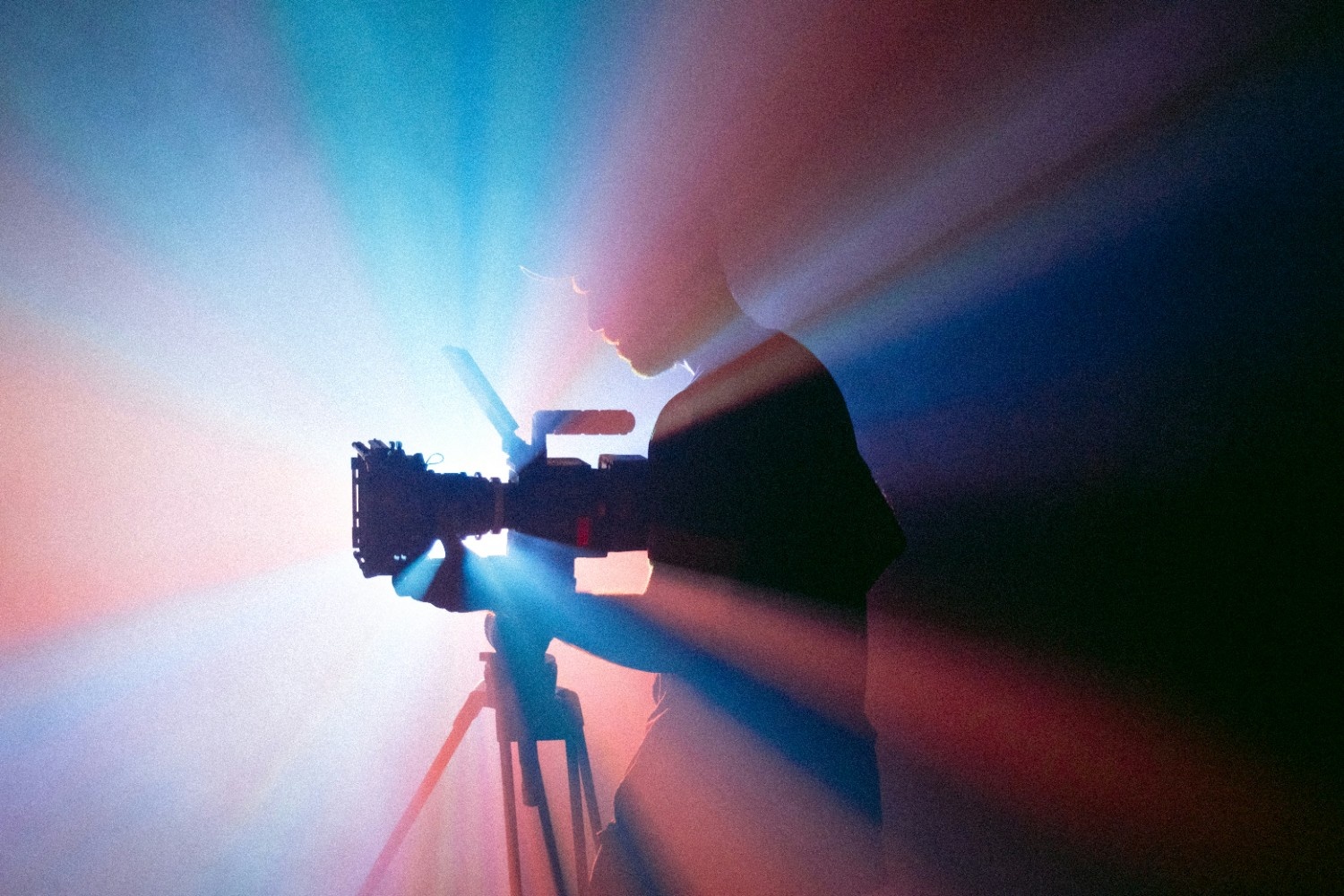Diversity in Film: Why Representation Matters
7 Min. ReadThe representation of film operates amongst the more important cultural and social traits, surmounting tokenism towards authentic reflections of the rich diversity of global society. No matter whether issues exist based on race, ethnicity, gender, sexual orientation, or socio-economic background, diverse stories are crucial in shaping how people perceive themselves and each other. While films serving diverse communities ignite empathy and engender social change by confronting stereotypes and shifting narratives, they have created further barriers for an increasingly integrated world.
The Importance of Inclusive Storytelling
Filmmakers can use their films as a tool to influence the opinions of society as a whole. The lack of diversity in mainstream cinema has greatly contributed to the institution of negative stereotypes and the subjugation of many minority groups. Only through a more diverse human experience can filmmakers offer people an opportunity to perceive themselves in numerous other personalities on the screen. Representation allows everyone from different cultures and communities to identify with the narrative, thus creating a comforting sense of belonging and affirmation.
The film Black Panther (2018) is just a textbook case of cultural representation in cinema, featuring a predominantly Black cast and celebrating African culture, traditions, identity, and resilience, all within the mainstream superhero framework. The film resonated deeply with Black audiences worldwide and became a cultural phenomenon that grossed over $1.3 billion worldwide. Its success showed that diverse stories matter for more than social reasons-they work, too.
Breaking Stereotypes Through Authenticity
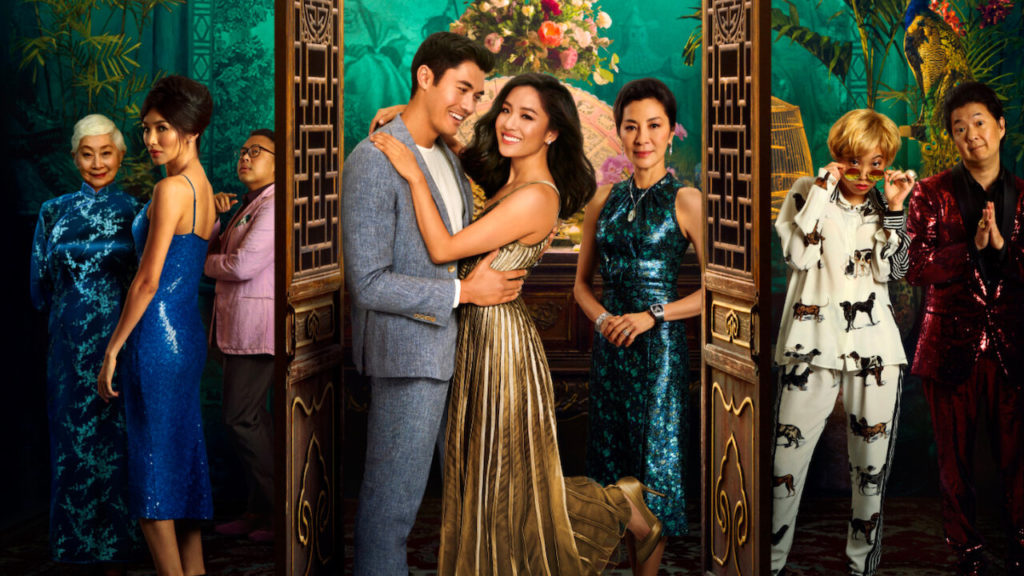
Diversity in film has a true and most powerful aspect: it’s a great destroyer of age-old stereotypes. Crazy Rich Asians (2018) was the first Hollywood studio production featuring an all-Asian cast in over two decades, Joy Luck Club (1993) being the first ever. It diverged from the traditional portrayals of Asian characters as caricatures. Instead, this film colorfully presents a complex view of Asian culture and family life while enjoying money-making success. It set a new benchmark for Asian representation in Hollywood and once again showed that audiences wanted stories that stepped outside of the usual Western framework.

Moonlight, (2016) on the other hand, the Academy Award winner for Best Picture in 2017, also proved to be a wonderful break with convention that focused on the life of a Black gay man struggling with identity, love, and poverty. Through this type of storytelling, a nuanced chronicle of race and sexuality, “Moonlight” brought visibility to this frequently forgotten community while creating a refreshing departure from the stereotypes concerning Black masculinity that often advanced.
Diverse Stories Fuel Empathy and Understanding
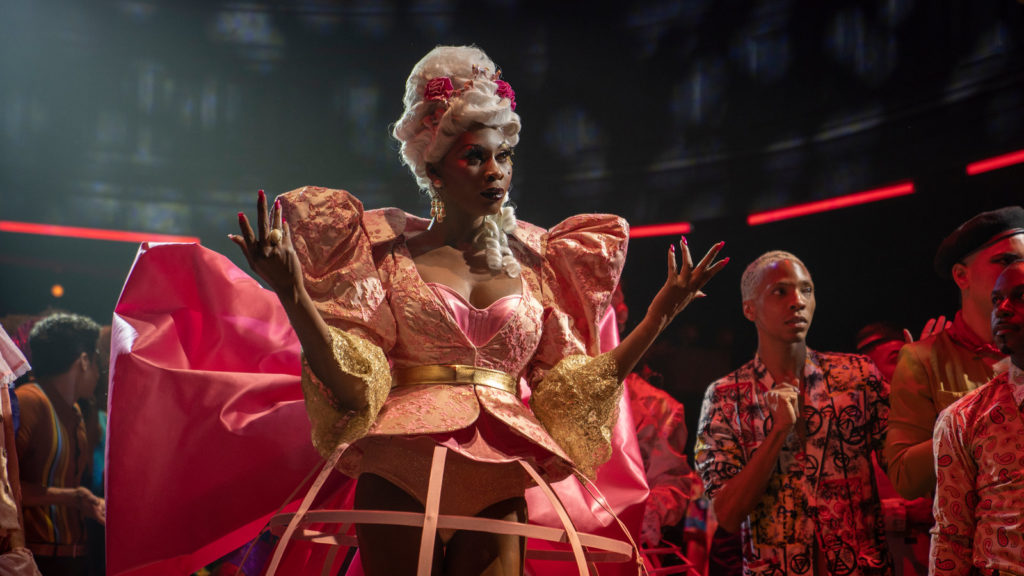
Diversity in representation in film has, perhaps, one of the strongest influences in really cultivating empathy. Audiences who encounter stories that go beyond their immediate experiences and realities will be more attentive and developed about greater human encounters and, thus, varying positionalities. Shows like Pose (2018-2021) undoubtedly raised awareness of the LGBTQ+ community, with a distinct emphasis on transgender lives, particularly in addressing ballroom culture during the ’80s. Groundbreaking in its portrayal of transgender lives seldom conveyed on-screen was casting transgender actors in corresponding roles in such a show. The film consequently enabled other productions to understand the rationale for embracing such representation in their narratives.
Global Perspectives: Diversity in Indian Cinema

Diversity in film is not a Western perspective alone, as films worldwide use cinema to shine a light on social issues and bring forth marginalized voices. India is no exception; Gully Boy (2019) gives an eye-opening real-life account of a young Mumbai slum-house rapper caught between the socio-economic divide between ambition and self-expression. The film catapults to fame, bringing to light India’s eclectic underground hip-hop culture that resonates with urban youth nationwide.
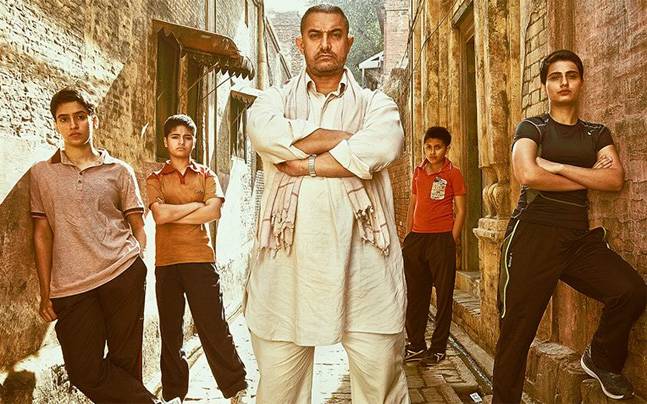
Similarly, Dangal (2016) focused on gender inequity in sports, drawing on the true story of two sister wrestlers who dared to defy the odds in a male-dominated society. Bringing to light the actual trials of women athletes in India sparked some critical thoughts on the ideas of gender roles and empowerment.
Diversity Drives Commercial Success
The continuing commercial success at the box office of films such as “Black Panther” and Crazy Rich Asians repels the notion that many narratives would jinx an audience. Inclusivity is increasingly becoming a strategic advantage, for diverse stories carry a resonant appeal to the global audience. Films with diversity push the boundaries to reach untouched communities, with masses ready to behold their experiences captured on celluloid. The growing evidence points to inclusive films consistently earning higher Box Office revenues and more significant critical acclaim as film studios continue to invest more in diverse storytelling.
The Role of Filmmakers and Audiences in Advocating for Diversity
Filmmakers harbor a pivotal duty as champions for diversity by crossing boundaries and telling stories that reflect the true complexity of the world. Yet this pressure falls not only on the creators but also on the audience to champion representation for its continuity; diaspora films break stereotypes, celebrate reports of multicultural bounty, and allow voiceless voices to be heard. When an audience expresses interest in, watches, and sides with films that break stereotypes and uphold the rich culture, that should send strong messages to the studios as to what matters inclusivity. Working in tandem, the studio and audience feed the loop for authentic storytelling, driving what is not a passive acceptance but an active demand to make diversity one of the touchstones of mainstream cinema and not just a niche.
The Future of Representation in Film
Concurrent with the evolving discourse regarding diversity in film, representation appears, with modest optimism, to have made significant strides forward. With the incorporation of projects such as inclusion riders mandating diverse casting and crew on productions, the filmmaking industry is adopting truly progressive steps to reform itself from within. Streaming platforms, too, democratize content, engaging a global audience with films from diverging cultures and points of view, thus speeding up the demand for representation. However, equality is only achieved once and for all; the road is still ongoing. Real just equality will require that determination to keep voice actresses involved on-screen and grant commendation to such anecdotes revealed from behind the scenes. The future still stands at the angle for a spectrum of diversity. It can capitalize on reflective storytelling.
The Path Forward
The progress of recent years has proven beyond reasonable doubt that whatever the considerations, diversity in film is less a trend than it is a necessity-driven evolution for the motion picture industry. The filmmaker has the dual responsibility of maintaining the audience’s entertainment while also addressing the intricacies and contradictions that exist in the wide world around them. By continuing to question stereotypes, provide genuine portrayals, and prioritize inclusivity, the movie industry should, in essence, develop a more compassionate and interlinked society.
As evidenced by the successful films Black Panther, Crazy Rich Asians, and Moonlight, representation isn’t pure altruism; creativity, empathy, and success at the box office aren’t just things performing arts need to take seriously if they’re going to stay the course. Three films, smashing through boundaries, demonstrate that the stories that are vital to our shared human experience are worth telling for reasons that are all about striving and prospering worlds.
Written by: Aashna Vidyarthi

